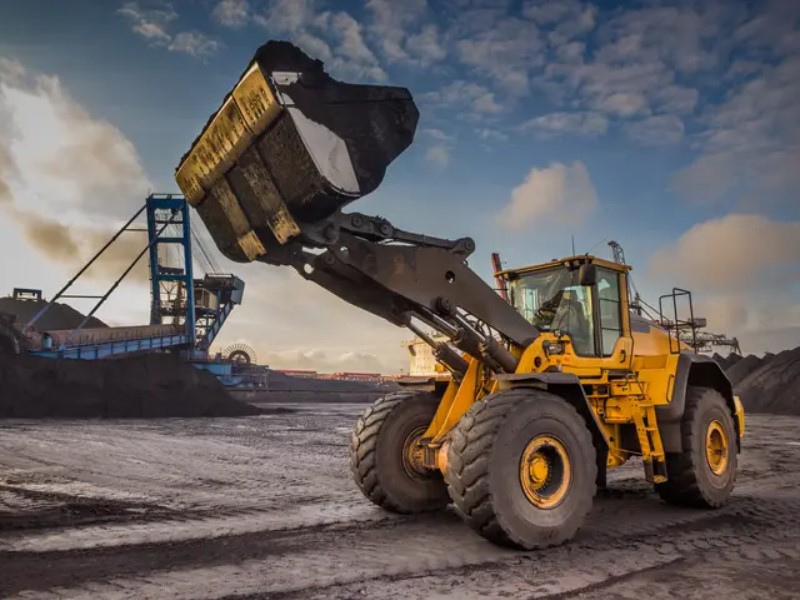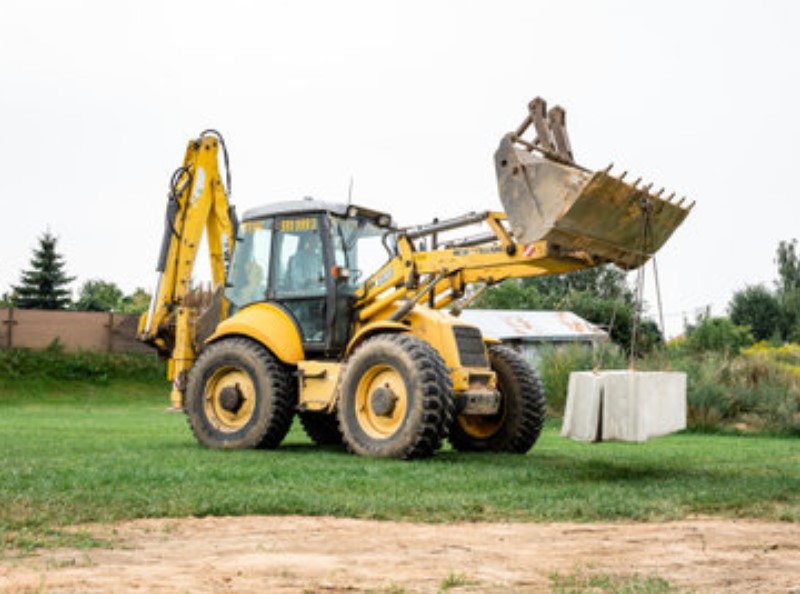
Common Types of Tractor Attachments
A tractor without tractor attachments and implements attached to it is nothing but just another ordinary vehicle used around your farm. To perform a particular task, tractors need an attachment and implementation.
A tractor implement can be unpowered or powered machinery. Powered implements acquire their power by wheel action, electrical and hydraulic output, or the tractor’s power take-off (PTO).
How Do Tractor Attachments and Implements Work for Tractors?
The rear, front, and mid are the three mounting locations where implements can be attached to tractors. The tractor loader is the most common type of front-mounted implement.
Loader arms can be attached to either side of the tractor’s engine with movements controlled hydraulically. These loader arms come in handy for lowering and raising the implement, allowing other elements to be mounted, such as the snow blower, pallet fork, and others to replace the loader bucket. This loader bucket or other tilt-down and up implements are also hydraulically controlled.

The least popular and common attachment point of tractors is the mid-mounting position because it can be tiring or even challenging to mount or dismount implement from this particular position. The mower deck is the most frequently seen mid-mounted tractor implement.
Meanwhile, using a three-point hitch or a drawbar allows implements to be attached to the tractor’s rear. Most tractor owners prefer the three-point hitch because this allows easy raising and lowering of the implement.
Many marketers marketed these days have an implement or two with different combinations. Some are equipped with backhoe implements and loaders. Others have loaders up front with a mower deck between the rear and front wheels.
Depending on the specific task, the tractor operator can choose the suitable implement to carry out the task.




